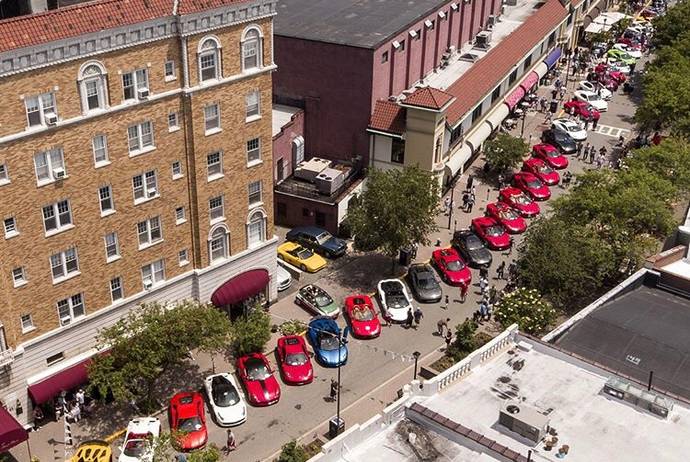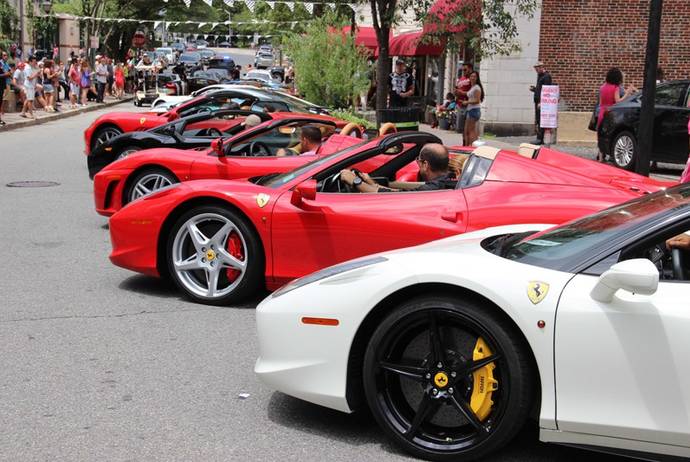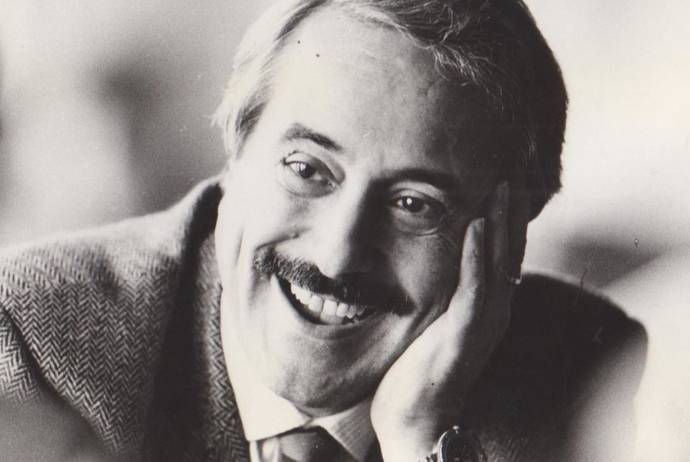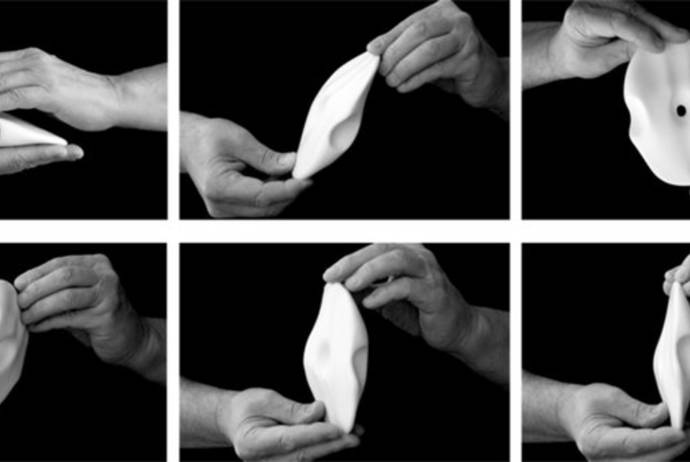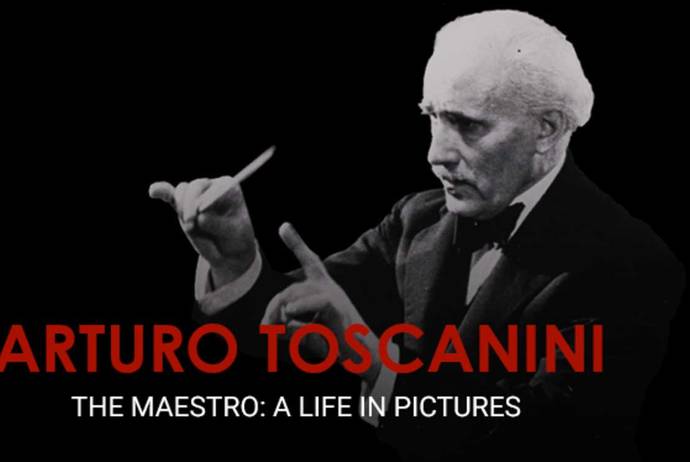By now, the Fiat 500, cinquecento in Italian, has become a car recognized around the globe. With the threat of rising gasoline prices and city parking that is difficult in a large car, the Fiat 500 is known for its utility as a subcompact car. However, putting the practical aside, the little car’s signature styling is what attracts many buyers and fans. In fact, New York’s Museum of Modern Art (MoMA) just added an original Fiat 500 to its permanent collection, proving that this car is more than simply just a mode of transportation. This week, July 4th to be exact, marks the 60th birthday of the original car, and Fiat is celebrating its successful car in a several ways. The automaker released a nostalgic video that includes the new 500. Additionally, a limited number of postal stamps are being released, and a limited edition trim of the new Fiat 500 was also produced.
MoMA and the Fiat 500
The Fiat 500 is, first and foremost, an automobile. However, it has grown to become a symbol for so much more. Its design is representative of Italian design and ingenuity; when you look at it, you immediately think “Italy.” Fiat head and chief marketing officer Olivier François affirmed, “While the Fiat 500 has unquestionably left its mark on automotive history, it is equally true that it has never been just a car. In its 60 years of history, the 500 has transcended its material manifestation to enter the collective imagination and become an icon.”
The Museum of Modern Art agrees. Martino Stierli, The Philip Johnson Chief Curator of Architecture and Design at MoMA stated, "The Fiat 500 is an icon of automotive history that fundamentally altered car design and production. Adding this unpretentious masterpiece to our collection will allow us to broaden the story of automotive design as told by the Museum." 4,000,000 FIAT 500s were manufactured between 1957 and 1975, a testament to the car’s popularity. The model shown in the Museum is a 500 F series, which was made from 1965-1972. It had an 18 horsepower engine and a top speed of 59 miles per hour.
The New “Anniversario” Edition
Earlier this year at the 2017 Geneva Motor Show, Fiat unveiled the 60th anniversary edition of the Fiat 500 named the 500 Sessantesimo. Production will be limited to 560 units, fitting for a car named the 500 as it celebrates its 60th birthday… The car has Dolcevita paintwork, which consists of three-layer white lower section, an ivory upper part, and a gray and burgundy pinstripe separating the two different paint colors. The seats are ivory-colored leather with burgundy striping. Electronic goodies include GPS, Apple CarPlay/Android Auto, a Beats premium audio system, and rain and dusk sensors. Under the hood, there’s a choice between three engines: a .9 liter gasoline engine rated at 68 horsepower, a 1.8 liter gasoline engine rated at 84 horsepower, or a 1.3 liter diesel engine rated at 95 horsepower.
Send Mail with a Fiat Stamp
Fiat has taken it one step further and is also producing a limited run stamp. The stamp is a collector’s item for both postal and automotive enthusiasts alike. 1,000,000 stamps will be made, each with a value of €0.95 ($1.06). It contains the design of the original 500 in the foreground, a silhouette of the new 500 in the background, the colors of the Italian flag on top, and the words “FIAT Nuova 500” also on top.
Official Videos
As if all of this wasn’t enough, Fiat took celebrating the car’s birthday yet another step further. The company released a special advertisement celebrating the 500’s birthday; click here to view the 60th anniversary video >>>. Fiat also released a video of the 500 F that has entered into the Museum of Modern Art; click here to see the video of the 500 F >>>.
































